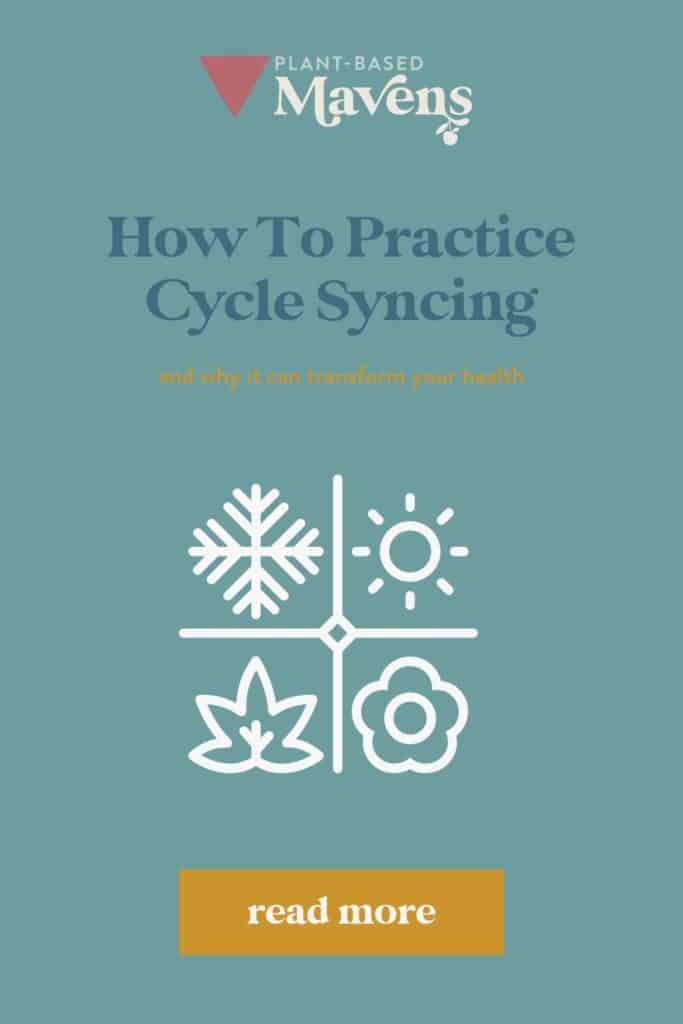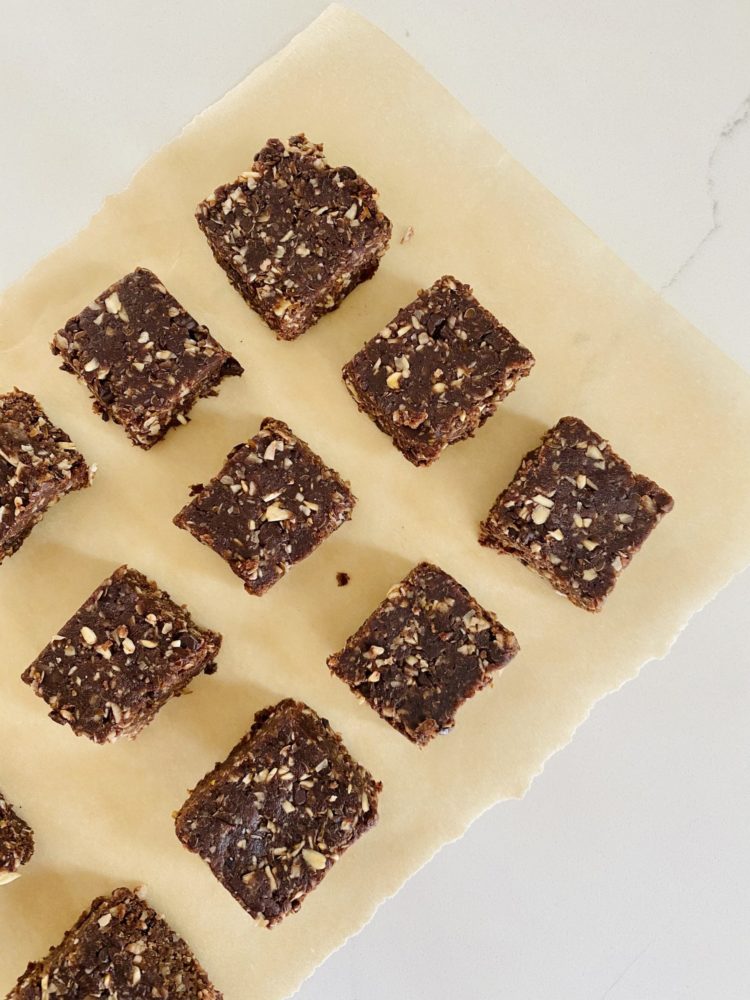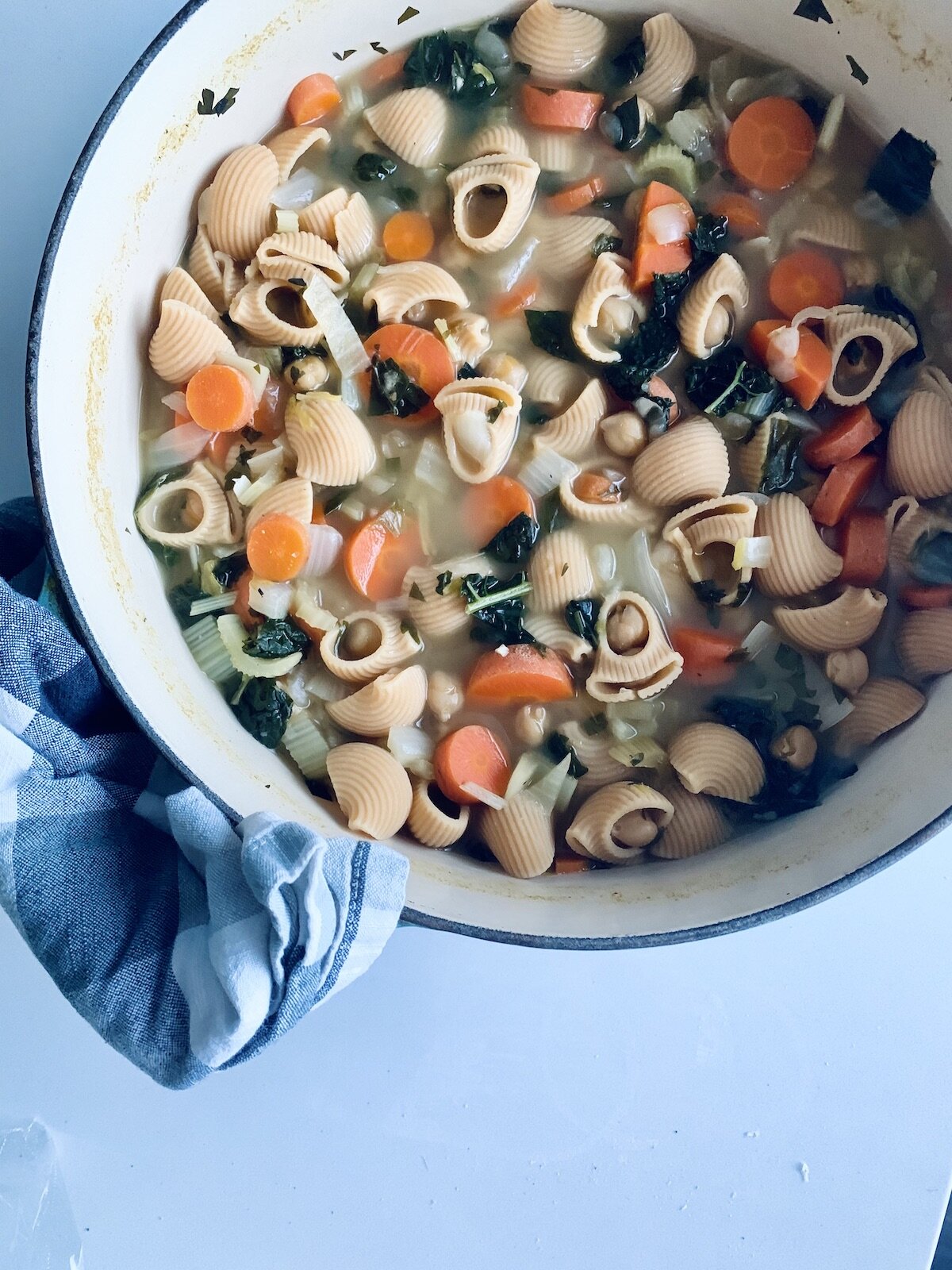Cyclical living is a concept that at first sounds pretty wooey, but makes so much sense. Nature is cyclical – the seasons, the lunar phases, day and night, the tides, and the life cycle of plants. As humans, we often forget (with the help of our manufactured linear world) that we are part of nature. Although inventions like electricity, year-round 40-hour work weeks, and a global food supply have done a pretty good job of severing our connection to the cyclical rhythms of nature, deep down we still feel the pull to obey the patterns around us. Darkness triggers the release of hormones that make us tired, the couch and a cozy blanket call to us more in the winter than the summer, and those of us with menstrual cycles experience the very real rollercoaster of emotions as our hormones rise and fall.
What I want to propose today is a homecoming to your cyclical nature. This powerful practice, often called cyclical living or cycle syncing (“cycle syncing” is a term trademarked by Alisa Vitti, Functional Nutritionist, HHC, AADP), helps you reclaim a sense of ease and flow in your life. Instead of fighting your natural rhythms, you learn to lean in to your current phase and even leverage it to get more out of your life.

Mother Cycles
Cyclical living relies on Mother Cycles. For the purposes of health and well-being, there are a few Mother Cycles that I want you to tune into. Once you learn the characteristics and energies of each, you can then use them to up-level your self-care. The Mother Cycles I want you to learn are the menstrual cycle, the lunar cycle, and the seasonal cycle.
Phase 1: Menstruation | New Moon | Winter | Night
Energy:
This phase is the most inward time. In Chinese Medicine, it is the most Yin time. In the menstrual cycle, hormone levels are at their lowest, so you likely feel depleted and low-energy. The new moon brings the darkest nights, and the winter brings the longest nights. It’s a time for rest, reflection, and inward focus.
Characteristics:
Slowing down
Honoring your boundaries – saying no to anything taxing
Reflective practices like meditation and journaling
Cold, wet, dark, still
Yin or Feminine
Support:
Balance cold with warming practices
Taking rest
Self-focused practices
Phase 2: Follicular | Waxing Moon | Spring | Morning
Energy:
The second phase is a time of renewal and fresh starts. You are re-emerging from your time of low energy and rest, so it still calls for some gentleness. But after you emerge, you will feel ready to start something new. In the menstrual cycle, your body is preparing for the main event, ovulation. The moonlight is steadily increasing, the uterine lining is steadily thickening, and springtime brings planting season and a time of rebirth and emergence in the natural world.
Characteristics:
Revitalization
Renewal of energy, ideas, focus
Manifestation of what you hope to grow in your life
CreativityFresh starts and new beginnings
Support:
Practices to strengthen the body, mind, and spirit
Clearing stagnant energyGoal-setting and organizing
Phase 3: Ovulation | Full Moon | Summer | Afternoon
Energy:
This phase is the most outward. In Chinese Medicine, it is the most Yang time. It features the main event of the menstrual cycle, ovulation. Estrogen is at its peak as well as testosterone which may have you feeling energetic and playful. The full moon brings the brightest nights, and summer brings the longest days. It’s a time for expansion, connection, and outward focus.Characteristics:
Expanding, ripening, blossoming
Allowing yourself to be seenConnecting with others
Heat, light, movementYang or Masculine
Support:
Balance heat with cooling practices
Embodiment practicesOutwardly focused practices
Phase 4: Luteal | Waning Moon | Autumn | Evening
Energy:
The fourth phase is a time of transitions and endings. In the menstrual cycle, progesterone peaks and your body prepares for the transition to either pregnancy or menstruation. The moon steadily loses light, the leaves transition and steadily fall, and the produce that ripened in summer is harvested.Characteristics:
Transition to slowing down, cooling down
Time to wrap up projects, tie up loose ends, bring things to a close
Harvest what was manifested in the spring and ripened in the summer
Celebrate accomplishments, express gratitude
Peak of emotions and sensitivity
Support:
Grounding practices
Clearing practices
Evaluating, celebrating, and honoring lessons learned, accomplishments, and endings
How To Use Cycle Tracking in Your Self-care
Cyclical living is, in my opinion, empowering, essential information for every woman. So, how do you tune in? Here are a few ways to start.
TRACK MENSTRUAL CYCLE
The easiest and most obvious way to start is to track your menstrual cycle. You can do this simply by marking the start and duration of your period on a calendar or you can use a period tracking app. I use and like Flo.
TRACK LUNAR PHASES
The moon cycle has been shown to have powerful effects on humans and the menstrual cycle. If you don’t have a menstrual cycle or you want to track something in addition to your cycle, start tracking the moon phases. Buy a lunar calendar, download one of the many free moon apps, or add the moon phase calendar to your Google Calendar. Related: 5 Mindfulness Practices For Women
NOTE YOUR NATURAL INCLINATIONS, DESIRES, ENERGY LEVEL, AND MOOD AT DIFFERENT PHASES
After you get in the rhythm of tracking, start to observe yourself through the different cycle phases. How’s your mood and energy? What activities, foods, and projects are you most drawn to? And which ones bring up resistance? These observations will re-sensitize you to your cyclical nature.
TRY SUPPORTIVE PRACTICES THAT MATCH EACH PHASE
As you begin to see patterns within yourself, start to introduce supportive practices that match the phase you’re in. Notice how the practice improves how you feel. This is the first step in living in alignment with your cycles.


